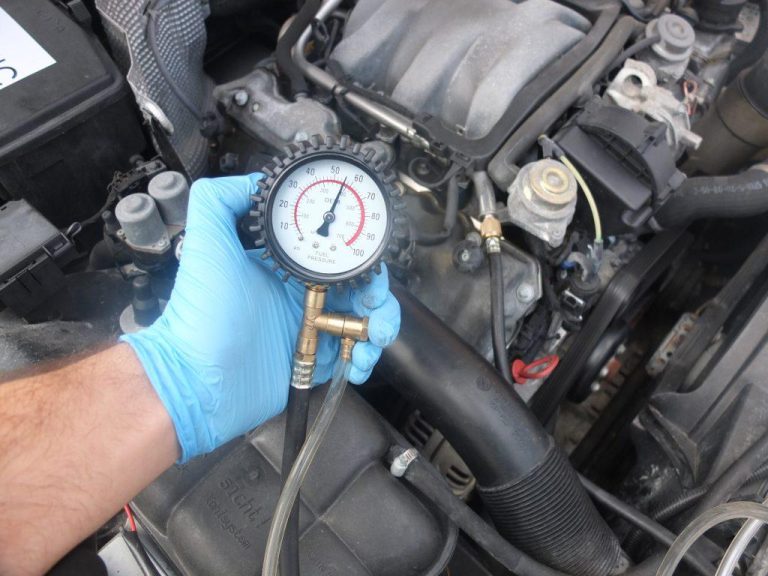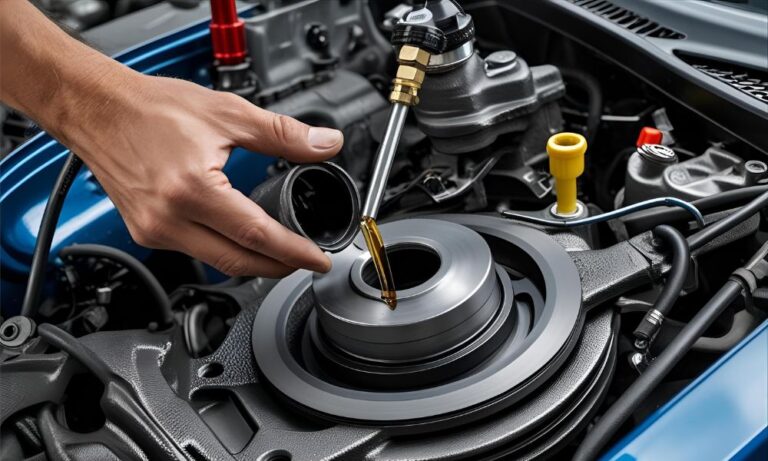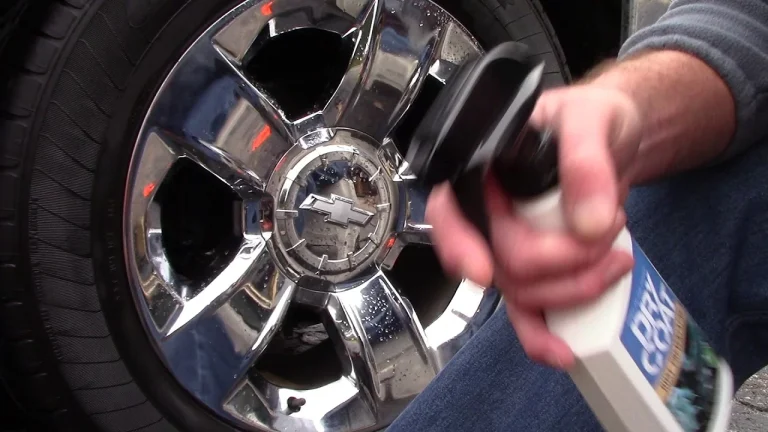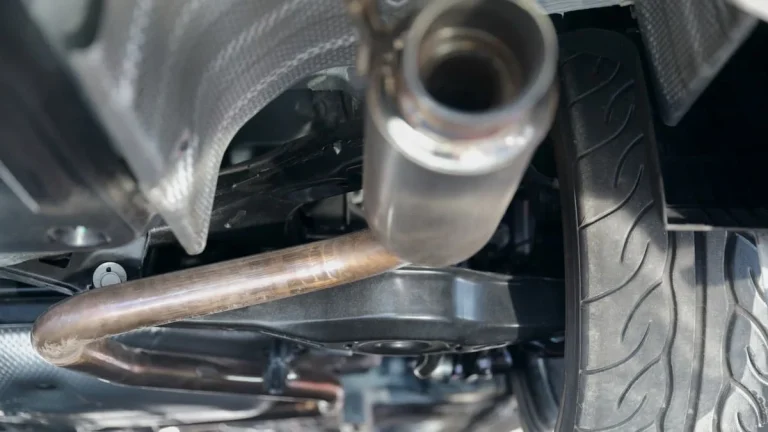How Often to Rotate Tires: A Comprehensive Guide
The unsung heroes of a car are often its tires, which quietly bear the weight of the vehicle and provide smooth travel on all trips. However, regular tire care is essential to maintaining peak performance and prolonging tire life. Rotating tires is an essential part of tire care as it guarantees uniform wear on all four tires. One common question drivers ask is how often to rotate tires, since this simple step can make a big difference in safety and tire life. This article explains the importance of tire rotations, how often they should be performed, and what you should know to maintain the best possible condition for your car.
What Is Tire Rotation and Why Is It Important?
Tire rotation is the process of shifting each tire on the car from one place to another in order to guarantee uniform wear. The explanation for this is straightforward: tires deteriorate differently depending on where they are mounted on the vehicle. For instance, since the front tires are in charge of steering and carry a greater weight, they often wear out more quickly than the rear tires. This uneven wear may result in poor performance, decreased fuel economy, and potentially hazardous driving situations if it is not rotated regularly.
Tire rotation is crucial because it encourages consistent wear. You may extend the tires’ lifetime and improve your car’s performance by rotating them to equally distribute wear and strain. It’s a simple chore, but it has a big influence on your car’s lifetime and safety.
When Should You Rotate Your Tires?
So, how often should you rotate your tires? Every 6,000 to 8,000 miles, or about every six months, is the standard recommended. This is not a one-size-fits-all guideline, however. The frequency of tire rotations depends on a number of things, such as the kind of vehicle you drive, road conditions, and your driving patterns.
Common Guidelines for Tire Rotation
Even though the 6,000–8,000-mile range is a common recommendation, it’s a good idea to check your car’s owner’s handbook. Depending on the make and type of your vehicle, some manufacturers provide certain advice that may change depending on whether you drive a sedan, truck, or SUV. You can make sure you’re adhering to the manufacturer’s recommended maintenance plan by routinely consulting your handbook.
Factors That Influence Tire Rotation Frequency
When to rotate your tires depends largely on your driving patterns. Your tires may need more frequent rotations if you often travel on uneven or rocky roads, since they may wear out more rapidly. Furthermore, aggressive driving practices like harsh braking or fast acceleration might result in uneven tire wear, necessitating more frequent tire rotations.
Tire wear is also influenced by the terrain you travel on. Compared to lengthy interstate travels, city driving with a lot of stop-and-go traffic may wear tires down differently. Tire rotation may be necessary more regularly in locations with harsher weather, such as hot temperatures or places with snow and ice, because of the severe circumstances tires encounter.
The Different Types of Tire Rotations
Tire rotations vary from one another. The specs of your car and the state of your tires will determine which of the numerous approaches you choose. Knowing the many kinds of rotations can help you choose the best one for your vehicle.
Cross Rotation: The Most Common Method
Cross rotation is the most often used tire rotation technique. This technique involves moving the front tires to the opposing sides of the car, with the front left tire going to the back right and vice versa. For cars with front-wheel drive, where the front tires take most of the strain, this helps maintain an equal wear pattern.
Forward Cross vs. Rearward Cross
The forward cross technique, in which the front tires travel diagonally to the back while the rear tires move straight ahead, is often used for cars with front-wheel drive. The rearward cross technique, which rotates the rear tires diagonally to the front, is recommended for vehicles with rear-wheel drive.
Side-to-Side Rotation: When is It Necessary?
Vehicles with asymmetric tire tread patterns or those with tires of varying sizes on the front and rear axles are usually the ones that employ side-to-side rotations. With this kind of rotation, the tires are kept on the same side of the car but are switched on the same axle.
Signs That Your Tires Need to Be Rotated Sooner
Your tires may sometimes need to be rotated sooner than anticipated, even if you follow a regular tire rotation plan. You may prevent issues before they worsen by being aware of the symptoms of uneven tire wear.
Uneven Tire Wear: What to Look For
If you notice that one side of your tire is more worn than the other, it’s time for a rotation. This type of wear usually indicates that the alignment or suspension system may need attention. Uneven wear also reduces tire performance, especially when cornering or during wet weather conditions.
Signs of Improper Tire Pressure
Improper tire pressure can lead to abnormal tire wear, with under-inflated tires wearing down faster in the center and over-inflated tires wearing more on the edges. Regularly checking tire pressure and adjusting it according to your manufacturer’s recommendations is essential for ensuring even wear.
The Impact of Weather on Tire Wear and Rotation Schedule
Extreme weather conditions can affect the lifespan of your tires. In hot climates, tires may degrade faster, while cold weather can cause tires to harden and wear unevenly. Regular rotation helps mitigate these effects, allowing your tires to perform better no matter the season.
The Tire Rotation Process: What Happens During Rotation?
Understanding the tire rotation process can give you peace of mind knowing that your tires are in good hands. It involves more than just swapping tires around; it includes inspecting your tires for damage, checking their pressure, and ensuring that the alignment is correct.
Step-by-Step Breakdown of the Tire Rotation Process
- Lift the Car: A mechanic uses a jack to raise the vehicle and ensure safety during the process.
- Remove the Tires: The mechanic will remove each tire from its position, checking for any signs of damage or abnormal wear.
- Rotate the Tires: The mechanic will follow the correct rotation pattern based on your vehicle’s specifications.
- Reinstall and Check Pressure: After rotation, the tires are reinstalled, and tire pressure is checked to ensure it’s at the recommended level.
Tools You’ll Need for Tire Rotation
If you decide to perform the rotation yourself, you’ll need basic tools such as a car jack, jack stands, a lug wrench, and a torque wrench to ensure the lug nuts are tightened to the proper specifications.
Professional Tire Rotation vs. DIY: Which One Is Best for You?
For those who are confident in their mechanical skills, a DIY tire rotation can save time and money. However, if you’re unsure or don’t have the necessary tools, a professional mechanic will ensure the job is done safely and correctly.
How Often to Rotate Tires: By Vehicle Type
Different types of vehicles may require slightly different rotation schedules and methods. Understanding how to care for your vehicle’s tires will help optimize their lifespan.
Sedans and Compact Cars: Rotation Guidelines
For most sedans and compact cars, tire rotation is relatively straightforward. These vehicles generally follow a 6,000 to 8,000-mile rotation schedule, but check the owner’s manual to confirm.
SUVs and Trucks: Special Considerations for Heavier Vehicles
Heavy-duty vehicles like trucks and SUVs may experience different wear patterns due to the additional weight they carry. These vehicles may require more frequent tire rotations to compensate for the added strain on the tires.
All-Wheel Drive Vehicles: Rotation Challenges and Solutions
All-wheel drive vehicles pose unique challenges, as all four tires are engaged during driving. Special rotation patterns, including more frequent rotations, may be required to maintain optimal performance.
Common Mistakes to Avoid When Rotating Tires
Several mistakes can undermine the benefits of tire rotation. Knowing what to avoid can help maintain your tires in the best condition possible.
Over- or Under-Rotating Your Tires
Proper rotation ensures that wear is distributed evenly, and improper rotation can lead to premature tire wear.
Skipping the Rotation Process or Delaying Too Long
Neglecting to rotate tires or delaying rotations can result in more costly tire replacements and unsafe driving conditions.
Failing to Inspect Other Tire-Related Issues During Rotation
Tire rotations are an opportunity to inspect your tires for other issues, such as damage, punctures, or alignment problems.
Do Tire Rotations Impact Your Car Warranty?
Many car warranties require regular maintenance, including tire rotation, to keep the warranty valid. Failing to perform these tasks could void your coverage.
How Regular Tire Rotation Affects Your Warranty Coverage
By sticking to the recommended maintenance schedule, you ensure that your warranty remains intact and covers tire-related issues.
How to Track Your Tire Rotation Schedule
Maintaining a schedule helps you keep track of when your tires need rotation, ensuring that you never miss an appointment.
Creating a Rotation Log to Stay on Track
Keeping a log or using a digital app can remind you of when your next tire rotation is due, ensuring timely maintenance.
Using Technology to Remind You of Upcoming Tire Rotations
Many vehicles now come with maintenance reminder systems that can track tire rotation schedules, making it easier to stay on top of this important task.
Cost of Tire Rotation: Is It Worth It?
Although professional tire rotation may incur a cost, it’s a small price to pay for the benefits of extended tire life and improved vehicle safety.
Average Costs of Professional Tire Rotation
The average cost of a professional tire rotation ranges from $20 to $50, depending on the service provider.
How DIY Tire Rotation Can Save You Money
If you’re confident in your mechanical abilities, performing a DIY tire rotation can save you money and give you a sense of accomplishment.
Conclusion: Keeping Your Tires in Top Condition
Tire rotation is a simple yet crucial part of vehicle maintenance. By adhering to a regular rotation schedule, you can prolong the lifespan of your tires, improve vehicle performance, and ensure a safer, smoother ride. Whether you choose to rotate your tires yourself or have a professional handle it, staying on top of this task is an investment in the longevity of your vehicle and the safety of everyone on the road.







